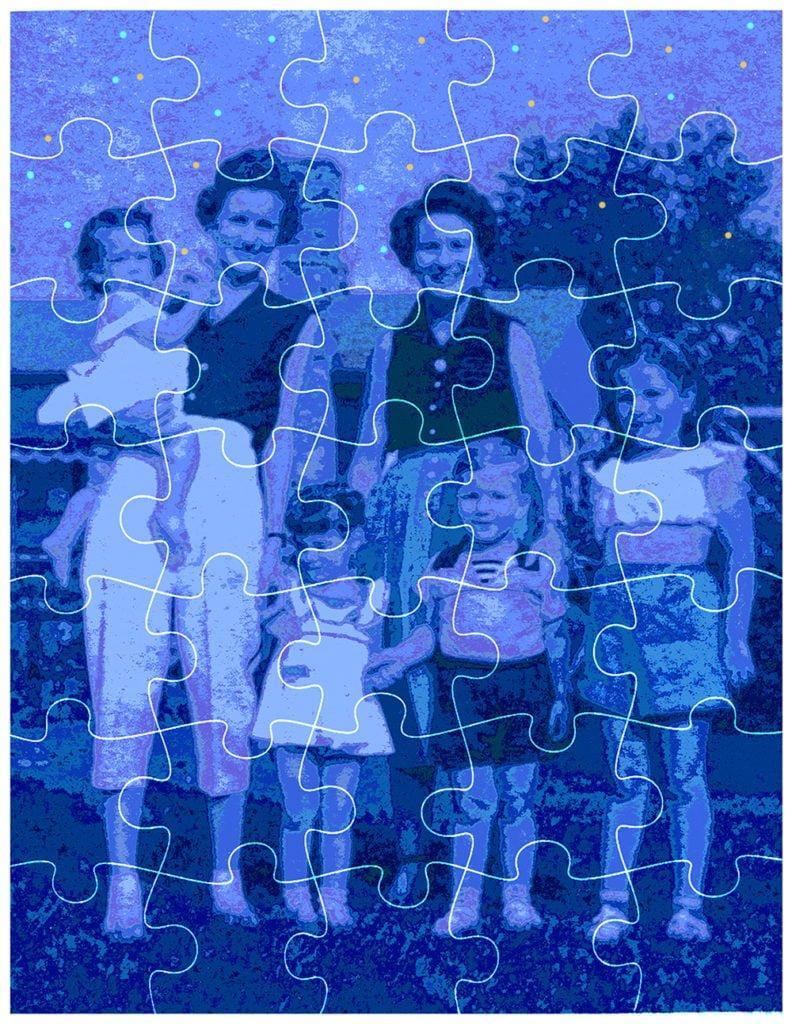 In the last seconds of my father’s life I told him, “Thank you.” Throughout our time together, I’d always thanked him for gifts and meals in fancy restaurants. And as the plug was pulled on his life support, I wanted the last words he heard to be, “Thank you, Dad.” In a desperate final instant I added, “for making my life—richer,” not able to find the right words to thank him for who he’d been or what he meant to me. Ever since, I’ve been haunted, wondering what on earth he could make of those words, if he even heard them, lying there unconscious and on his way out of this world.
In the last seconds of my father’s life I told him, “Thank you.” Throughout our time together, I’d always thanked him for gifts and meals in fancy restaurants. And as the plug was pulled on his life support, I wanted the last words he heard to be, “Thank you, Dad.” In a desperate final instant I added, “for making my life—richer,” not able to find the right words to thank him for who he’d been or what he meant to me. Ever since, I’ve been haunted, wondering what on earth he could make of those words, if he even heard them, lying there unconscious and on his way out of this world.
My mother taught her daughters well, to say those two words. Thank you. And in similar fashion, although maybe not with the same consistent results, I taught my own children to acknowledge peoples’ kindnesses. But expressing the deepest, most sincere thankfulness—beyond the simple etiquette of responding to someone’s generosity—is different. That does not come easily for many of us. It’s kind of like exposing yourself, your vulnerability. It often involves trying to tiptoe around some unresolved issues that stand in the way. It sometimes involves fear. Conveying your appreciation might lead to a long awkward silence. It might turn you inside out. Or turn the one you’re thanking inside out. To communicate a genuine acknowledgment of sheer gratitude is to face all the ups and downs in the history of that relationship. And if the relationship is a complicated one, any response you get might send you racing from the room to hide in the nearest closet.
Here it is days away from Thanksgiving, the time we typically express our thanks. And not only should I NOT need this holiday to come forth with my gratitude, I should NOT be waiting until the ends of people’s lives to let them know they are appreciated.
So how do I do this? How do I deliver my heartfelt thanks to those who have treated me to-the-sky-and-back caringly, to the ones who might not be around when I finally figure out what I want to say, and find the courage to share it?
This post was originally going to be a note of gratitude to my mother. But writing about gratefulness, I got distracted and flew off on a tangent. Because my mother lives far away, and cannot hear me over the phone, and is not responding to emails, I wanted to briefly thank her here, as she’s my greatest fan. She gave me life. She carried me around, seeing to my welfare until I could take care (more or less) of myself. And my mother is the one who not only taught me to say ‘thank you,’ she taught me to write letters when words were hard to find, or impossible to utter.
Happy Thanksgiving!
Please Share on your Social Media




